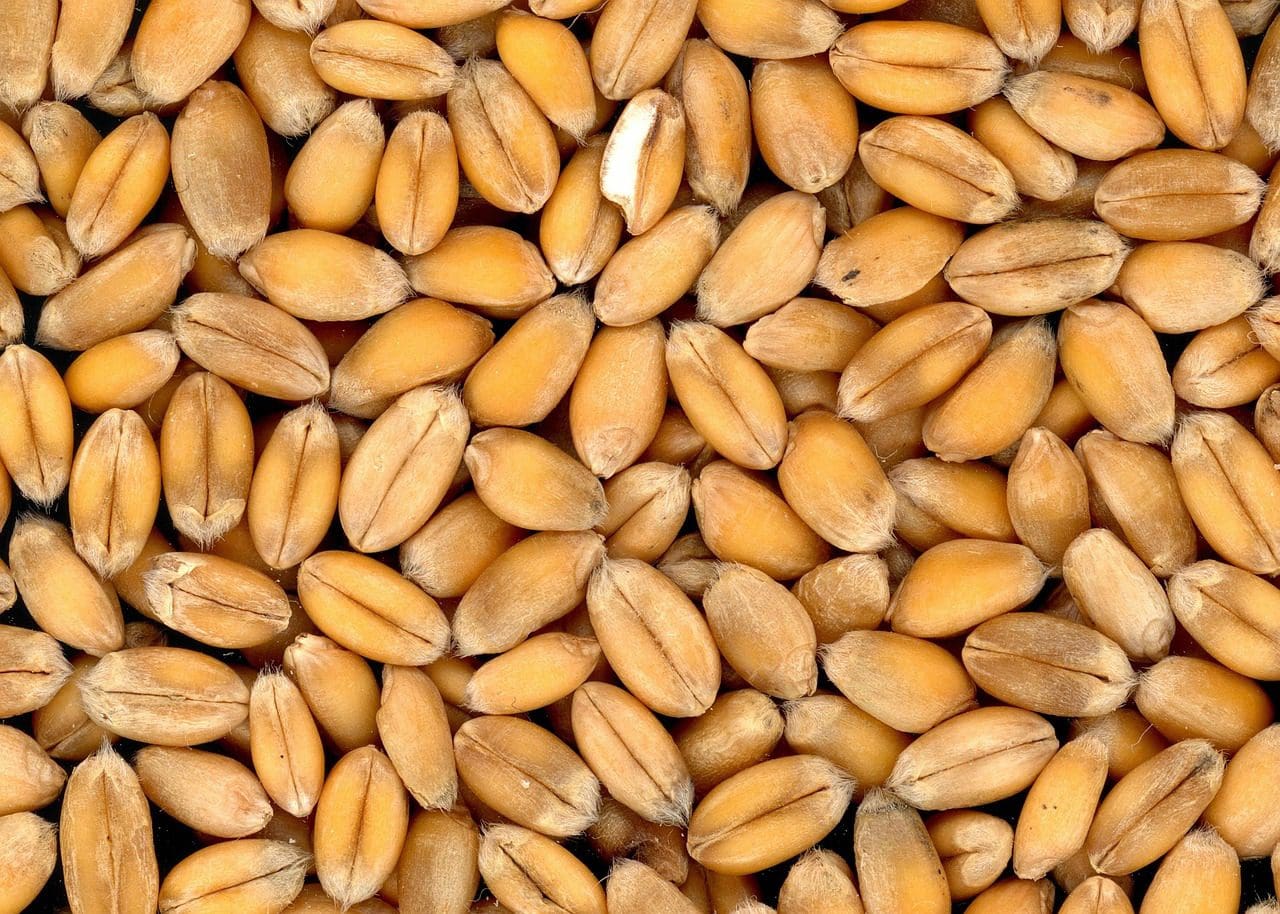Wheat, as well as whole wheat, makes up most people’s dietary staples. It is a part of most people’s diet and meal plans. They are used in quite a lot of recipes, and they are used to prepare a variety of dishes.
But the usage depends on the need for the preparation. Whole wheat is considered to be more nutritious.
Key Takeaways
- Wheat refers to the entire grain, including the bran, germ, and endosperm, while whole wheat uses all parts of the wheat kernel explicitly in their original proportions.
- Whole wheat products retain more nutrients and fiber compared to refined wheat products, which have the bran and germ removed.
- Whole wheat flour has a slightly darker color and a more robust taste than refined wheat flour, which is lighter and smoother.
Wheat vs Whole Wheat
The difference between Wheat and Whole Wheat is that the entire grain is used in whole wheat, whereas wheat may contain other grain-based additives and not whole wheat. In contrast, the Whole wheat will use the entire grain, including the bran of the wheat, which comprises the outer portion of the wheat.

Wheat is a healthier grain that anyone can try to incorporate into their diet if they do not have any food allergies with regard to wheat consumption. There are people with wheat and other grain allergies.
Some people have an intolerance to gluten. Gluten can be allergic to those who feel it is hard to digest.
Whole wheat involves the use of the entire wheat grain with no other additives. The term whole refers o wholly using wheat and wheat bran in the product.
Whole wheat is considered to be more wholesome, and it contains only wheat products in it. It does not include any other grain. It also uses the entire whole wheat grain.
Comparison Table
| Parameters of Comparison | Wheat | Whole Wheat |
|---|---|---|
| Nutrients | They are lower in fats and are considered healthy. | They are rich in complex carbohydrates and most people consume them for their carbs. |
| Refining processes | They don’t go through a lot of refining processes. | They do go through a refining process while manufacturing. |
| Texture | They have a denser texture in their form since they also contain a mix of other grains. | They have a comparatively light texture. |
| Fiber content | Generally, more fiber content but it is also produced from a mix of grains. | They contain fibers that can be easily digested and absorbed. |
| Oil content | They contain bleached wheat flour and hydrogenated oils. | They have natural nutrients and around 4.2 grams of fats per 100 grams of whole wheat. |
What is Wheat?
Wheat is an exclusive crop used to prepare various types of bread and food items. It is considered a staple in most people’s diets. However, there is a slight exception in people who are allergic to wheat and cannot digest it easily.
The term wheat, when used in place of whole wheat, means that the product comprises wheat components, but they may have an exception in people with moderate to a higher level of intolerance.
Wheat is also widely used in making a lot of preparations, including pie crust, bread, and porridge.
The term wheat, when used in products, might mean that it is additive to the product, but the product may also contain other whole grains together with wheat. Too much wheat consumption can lead to inactive bowel or digestive system.
This may lead to indigestion, and people may have trouble digesting the wheat they have consumed. It is also exclusively used by those people who cannot consume other grains, such as rice.
Those people who cannot digest rice consume wheat for the complex carbohydrates in their diet. Wheat products can also contain other products, such as other traces of grains in them.

What is Whole Wheat?
Whole wheat is the use of the entire wheat grain in the product. Most brands use the term whole wheat when they have added the entire portion of wheat, including the husk or bran that comprises the outer portion of the wheat grain.
The term whole wheat addition intimates that the entire grain, including bran, endosperm, and grain, is used with the kernel to prepare the product.
Whole wheat comparatively contains a lighter texture. Whole wheat does not contain any other grain addition, and it contains only wheat grain components. It is considered to be fibre-rich and healthy.
Whole wheat is also healthier since it also contains more amount protein and fibre. In the whole wheat, the entire wheat component wheat bran, husk, germ, and endosperm of wheat is used in the preparation.
Whole wheat is used in various preparations and is consumed in most parts of the world. Most people depend on whole wheat for their complex carbohydrate intake.
People have varying preferences for wheat and whole wheat consumption. It varies with personal liking and choice in place of wheat consumption. Whole wheat has an average of 4.2 grams of fat per 100 grams of wheat.

Main Differences Between Wheat and Whole Wheat
- The nutrient quantity is more wholesome in whole wheat when compared to that of wheat. They are rich in nutrients.
- The oil content does vary with wheat and whole wheat. This oil content is comprised of hydrogenated oils in wheat. Whole wheat also contains a negligible amount of fats.
- Wheat contains other grain additives, whereas the preparation of whole wheat only involves the entire grain of wheat.
- The texture of wheat is a little too denser when compared to that of whole wheat, which consists of only the whole wheat grain.
- Whole wheat is considered nutritious and healthy when compared to wheat, as wheat also contains traces of other grains.




